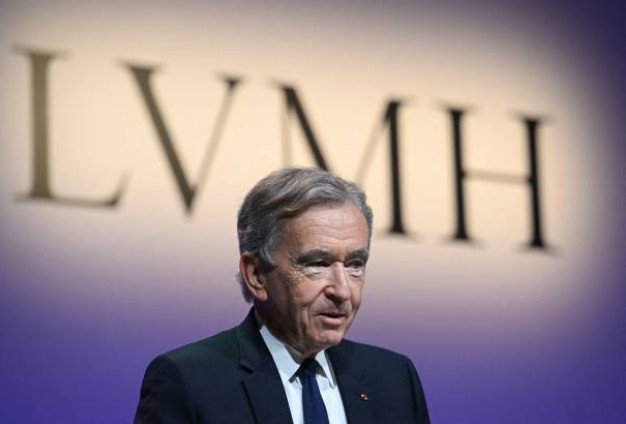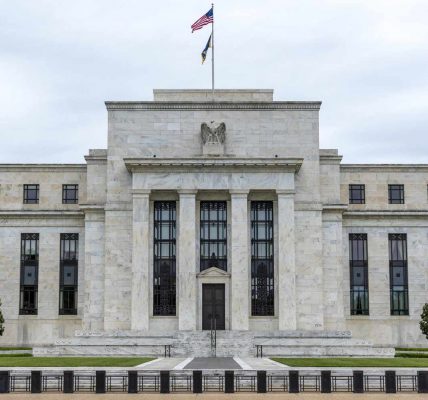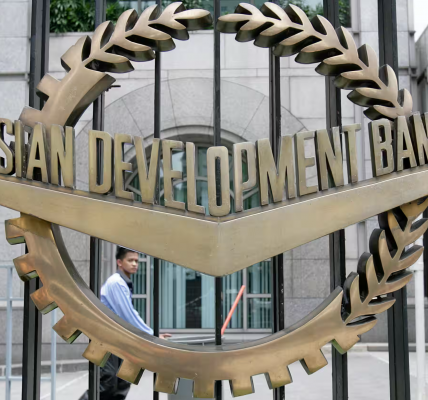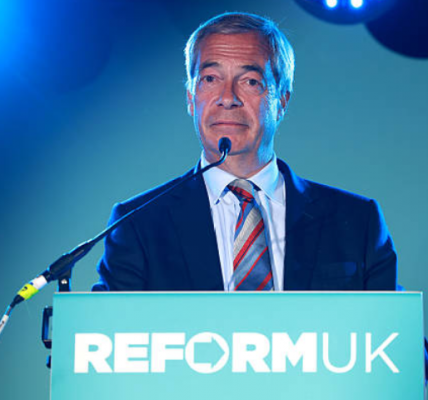The luxury industry, once considered invincible, has recently faced a drastic slowdown, shaking the confidence of both businesses and consumers. Industry players like LVMH and Kering, parent company of brands like Gucci, Balenciaga, and YSL, are reporting low earnings results and lack of consumer confidence. This downturn comes at a time when Shein, the world’s largest fast-fashion retailer, is preparing to launch their IPO through the London Stock Exchange, highlighting a stark contrast between changing consumer preferences and macroeconomic conditions.
The Slow Down of the Luxury Industry
LVMH reported a slowdown of revenue growth to only 1%, while Kering’s flagship brand Gucci saw revenues plummet by 19% in the second quarter (Rascouet, 2024), with a seven year low of €37bn. Kering shares have also lost almost half their value over the past year, highlighting the struggles of the luxury market.
These decreasing figures aren’t isolated, with many of the world’s largest luxury groups struggling with weaker demand and volatile market conditions. Luxury brands outside of fashion, such as the alcohol and spirit industry, have also taken a hit. While the alcohol industry was long thought to be recession-resilient, with all of the geopolitical and economic tensions in the world, directly and indirectly impacting a large majority of the worlds consumers, causes consumers to be “too sad to buy champagne”, according to LVMH CFO Jean Jacque Giony (Lake, 2024).
The downturn of the luxury industry can be attributed to numerous reasons, whether it be macroeconomic, geopolitical, or due to consumer preferences.
Macroeconomic Factors
First, global economic pressures are significant and cannot be understated. The ongoing cost-of-living crisis in many modern economies has made luxury goods increasingly unattainable, even for once-affluent shoppers. This shift in spending among consumers will force luxury brands to reassess their strategies and value propositions.
Chinese Consumer Slowdown
Chinese consumers, once seen as the primary growth drivers for the luxury industry, are now slowing down. Spending has noticeably dropped, particularly in a society where maintaining appearances is common. Chinese shoppers are pulling back from “revenge shopping” (Gapper, 2024), a form of consumption that was seen post-pandemic, as consumers were desperate to leave their homes to shop and spend. This is for numerous reasons, the largest being a government crackdown on online displays of wealth. In an attempt to purify internet culture, Chinese media sites are removing posts that show off luxury goods, homes, and cars (Lin, 2024). This has decreased the incentive for consumers to purchase luxury goods. Furthermore, echoes of “luxury shame,” similar to the West in 2008 (Biondi & Hale, 2024), are on the rise in China. Consumers in the West felt shameful flaunting luxury goods at a time of economic turmoil, a sentiment shared in China today. In short, Chinese consumers no longer want to be seen making large displays of wealth, especially not online.
Excess Inventory and Discounting
As a result of excess stock, many luxury retailers are dealing with the issue of excess inventory. Discounts of up to 50% are being offered on luxury goods, especially in China. Shoppers that would once flock to “aspirational” brands are now reigning in spending (Biondi & Hale, 2024). In response, Marc Jacobs is offering discounts of up to 50%, while Bottega Veneta has introduced 24-month payment plans for handbags. Reputationally stronger brands like LVMH and Hermes have avoided discounting, and have stronger controls on pricing and distribution. Discounting goods that were once seen as exclusive and socially desirable risks damaging brand reputation. Moreover, many luxury goods are treated almost like investments, where they are expected to appreciate in value over time. This rapid discounting leads to doubting the brand and the product, which drives sales and revenues down.
The Squeeze of “Middle Luxury”
Furthermore, the aforementioned “aspirational” brands tend to be in the middle of the luxury spectrum, and these brands face particular challenges other brands on more polarised ends of the spectrum do not. These brands are not affordable enough for regular purchases by consumers, nor are they sufficiently exclusive to attract a high-end clientele, resulting in a decrease in revenues. A prominent example of this would be Burberry, who recently appointed Joshua Schulman to lead the company (Gapper, 2024), in hopes to build up brand reputation. Yet, experts and consumers both agree this will not be an easy feat, considering the role of other luxury brands, and the current economic state.
Geopolitical Tensions
Geopolitical tensions, particularly the ongoing animosity between China and the West, have created a challenging environment for luxury brands to navigate. These tensions impact various aspects of business, including the product lifecycle and supply chain, from manufacturing to retail sales. For instance, tariffs and trade restrictions, like those US presidential candidate Donald Trump is advocating for, can increase production costs and disrupt the flow of goods. The need for brands to adapt to these shifting geopolitical dynamics adds another layer of complexity to an already volatile market.
Consumer Fatigue
A shift in the authenticity mindset is especially evident among younger generations. Once reserved for celebrities, flashy displays of wealth by content creators on TikTok and other social media platforms have led to consumer fatigue. Younger consumers are increasingly disinterested in purchasing luxury goods due to these perceived inauthentic displays of wealth.
Scrutiny on Labor Practices
Increased scrutiny on labour practices within the luxury industry has spotlighted brands negatively, worsening consumer perceptions. There have been recent investigations launched into Armani and Dior for labour exploitation by Italy’s Competition Authority (Kazmin & Klaza, 2024), a few among many. Luxury goods, which could once beat the labour exploitation allegations by emphasising their sustainable and ethical design practices, cannot anymore. This comes at a time when consumers and investors alike become increasingly aware of poor labour practices, as sustainability takes a front row seat in discussions.
Shein’s Success Amid Luxury’s Struggles
A sharp contrast to the downturn of the luxury sector is fast fashion giant Shein exploring the possibility of an IPO. After facing troubles in New York, the London Stock Exchange has secured the IPO (Nishimura, 2024). Shein’s success, and hence the decision to trade publicly, demonstrates a growing demand for affordable and trendy fashion. This comes at the peak of social media, where with every new trend, hundreds of new items are purchased and worn by consumers to be considered trendy. Shein is able to cope with the turnaround, producing cheap, novelty garments, ultimately targeted towards younger consumers, for whom luxury goods may be unattainable without financial help.
Fast Fashion vs. Luxury
The rise of Shein presents an interesting counter-narrative to the downturn of the luxury industry. Shein’s business model, focusing on producing trendy and often viral clothing items seemingly overnight at low prices, resonates with many consumers. At a time when luxury goods are no longer attainable, consumers gravitate towards more affordable clothing items.
However, the Shein IPO has not been a smooth journey. The New York Stock Exchange blocked Shein’s IPO, concerned over harmful labour practices, as well as unclear operations from a Chinese intelligence standpoint. Forced labour becoming a concern on both sides of the fashion spectrum leads to ethical challenges for consumers of all incomes, and investors. This contrast underscores the complex dynamics between and among luxury brands, and fast fashion brands.
Luxury Industry Exceptions
Despite the overall decrease in the luxury industry, not all luxury brands are suffering. Brands such as Hermes and Brunello Cucinelli have managed to turn the trend. While growing slowly, they have not hit a downturn as severe as other competitors (Klasa, 2024). This success is attributed to their strategic approach. These brands are not ‘middle luxury’ and therefore do not discount their goods due to excess stock. Their ultra-wealthy client bases and uncompromising strategies have led to sustained success.
This divide within the luxury market could indicate that the definition of what it means to be a luxury brand may be evolving. Brands that maintain uncompromising approaches, rather than pursuing rapid expansion, seem to be more resilient in a tougher macroeconomic climate. On the other hand, brands that are pursuing expansion and visibility are exposed to shifting consumer sentiments. To echo the points made earlier, consumers are fatigued. Luxury brands must work to understand how they can become desirable in a time of undesirability.
Redefining Luxury in a Changing World
As the industry navigates these current macroeconomic conditions, one thing is clear: the concept of luxury is being redefined. The long-held belief that strong luxury brands possess a loyal client base, unlimited pricing power, and significant allure is now being challenged. This will force luxury brands to reevaluate long-held strategies, and consequently, the future of the luxury market.
Contrasted with Shein’s rise, the luxury industry’s downturn raises important questions about the future of the luxury fashion industry. Is the current downturn a fundamental shift in consumer preferences, or a temporary reaction to economic pressures? The answer to this question is not easy, and will depend on future earnings results. However, considering the ways consumers view their values and spending habits in an age of social media-driven consumption, it may be valid to say the very definition of a luxury brand is changing.
The world of luxury fashion finds itself at a crossroad, facing reality in a dynamic global marketplace. How luxury brands navigate this challenging landscape will not only determine their individual fates but also shape the future of the industry as a whole. As economic pressures persist and consumer values evolve, the luxury sector must find new ways to retain its consumers, proving that true luxury can adapt and thrive even in the most challenging times. Ultimately, luxury items are not necessities.






